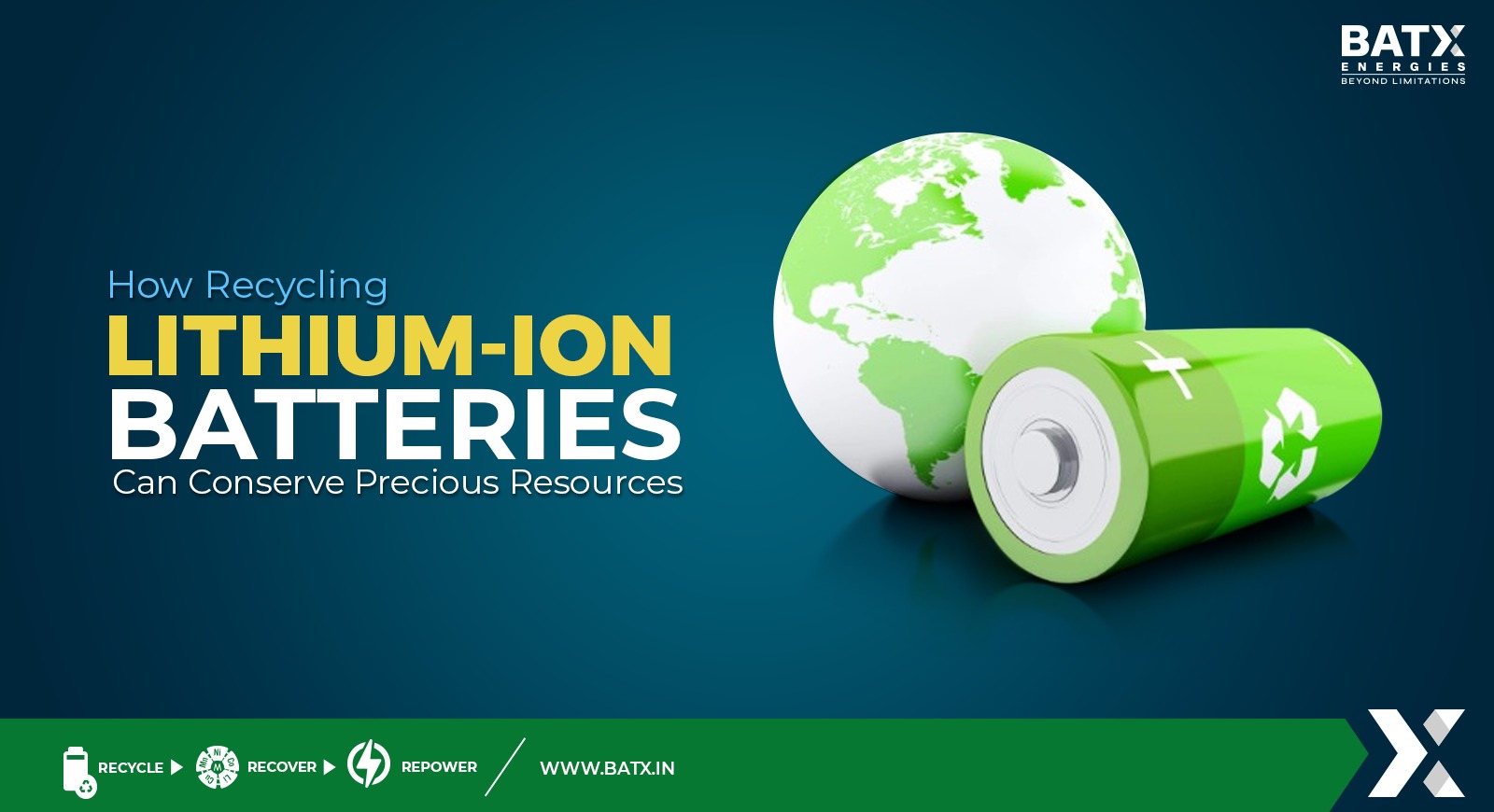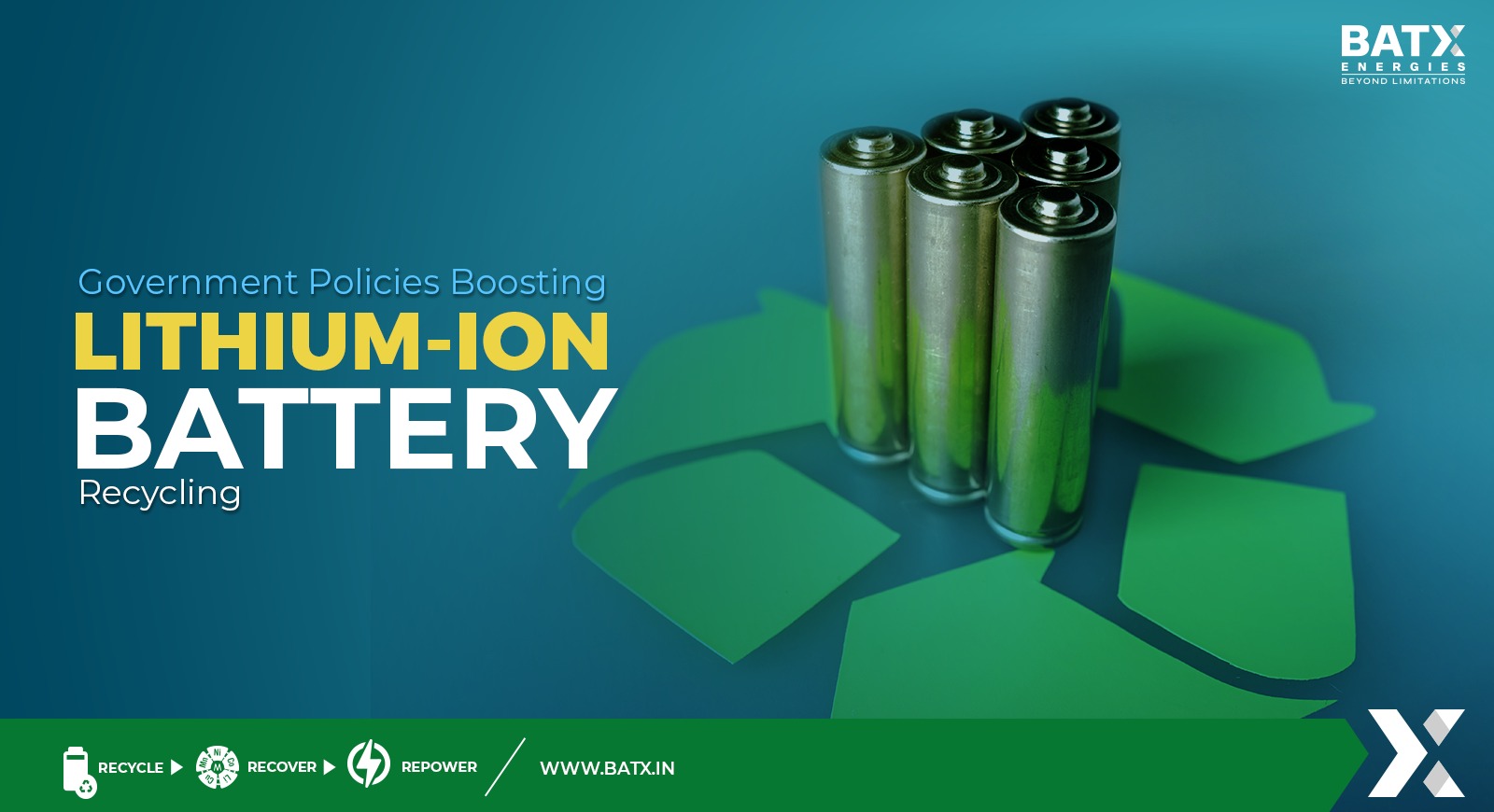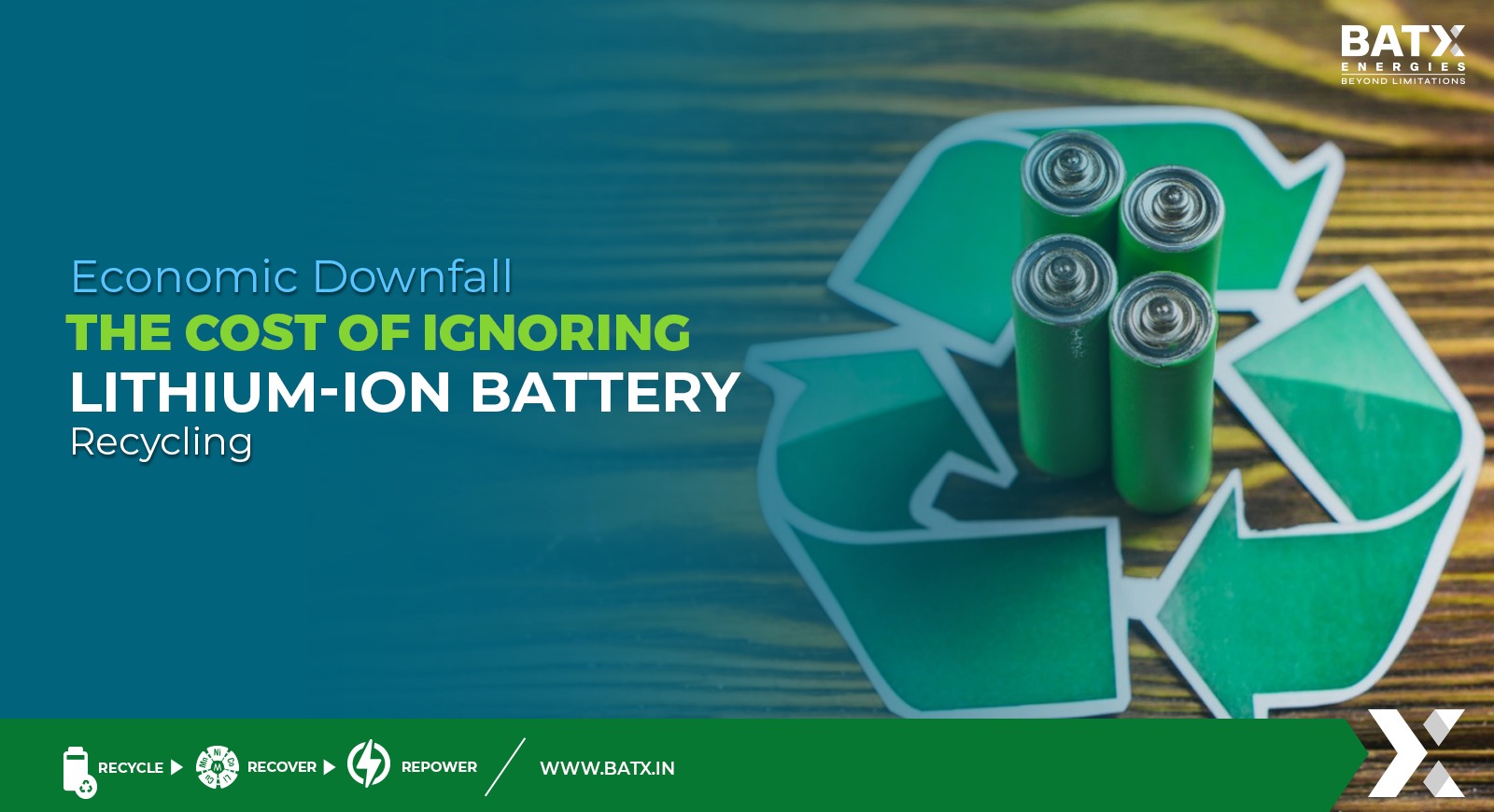Almost every technological evolution includes batteries to make technological devices more efficient and ease human life. You have noticed that almost every portable technical device contains batteries. Beyond simply being widespread, battery technology has made a significant number of technical advances possible, including the expansion of the range of electric vehicles as well as the ability to store renewable energy for later use.
These two innovations, grid-scale batteries that can power homes, businesses, and cities even when energy sources are not producing energy, and emission-free electric transportation, could be two crucial elements in the transition to a zero-carbon energy future. However, the impact of sustainable batteries on the environment remains a matter of debate.
What’s Inside Our Batteries?
Our standard batteries are often made of metals and chemicals, such as lead and acid (found in gasoline and diesel vehicles) or zinc, carbon, nickel, and cadmium, used in some household batteries.
On the other hand, lithium-ion is the preferred material combination for the rechargeable batteries to power laptops, mobile phones, and, more recently, a significant share of electric vehicles worldwide.
Since lithium-ion battery production has increased over the past ten years, their price has decreased by 85%, encouraging the usage of these dependable batteries in electric vehicles and large-scale energy storage systems. Although this is a step in the right direction for the advancement of rechargeable products, it raises concerns about how to dispose of used batteries.
Even rechargeable batteries have a shelf life; every year, there are millions of batteries thrown away. Most used batteries are disposed of in landfills, where they decompose while being safely extracted for use in other sectors and goods. As a result, its chemical contents may leak into the earth, adversely polluting the land and water.
Preventing harmful levels of battery waste requires a significant overhaul if batteries of any size play a part in a sustainable future.
Problem Induced in Battery Recycling
The Indian government presently sets the recycling efficiency standard for a lithium battery, but the fact is that the quantity of recycled batteries has increased.
India lacks the technology necessary to collect, store, and recycle lithium-ion battery waste. Li-ion batteries that have reached the end of their useful lives must be handled, stored, transported, processed, recycled, and disposed of in accordance with rules and regulations that have not yet been passed or provided to the battery recycling businesses. Standards for reusing existing batteries are also necessary in order to deploy batteries effectively in stationary applications such as renewable energy and others.
Secondly, the only option available to Indian companies today is to import all the raw ingredients required for making Lithium-ion batteries. This is because no significant amount of Rare Earth metals, including lithium, nickel, cobalt, and manganese, are mined in India. These metals are utilised in the production of Lithium-ion batteries. Additionally, India must create their oworiginal technology to make or import cells while paying exorbitant licence fees.
Therefore, researchers are still working to improve battery production and recycling efficiency and eco-friendliness.
The Solution – Recycling
For India, the recycling sustainability of lithium-ion batteries offers a crucial, sustainable solution. When done correctly, the recycling of lithium is more than capable of matching or surpassing that of metals like gold and aluminium. As EV market share hits 20%, we may be able to mine a sizable portion of our own lithium needs if we can guarantee an efficient recycling ecosystem in the next three to four years. To provide a ready market for recovered lithium, keep in mind that a Production Linked Incentive (PLI) programme for producing 50 GWh of lithium batteries has already been completed. The successful bidders are moving through with their manufacturing plans.
Outcomes of Battery Recycling
Fortunately, the government has taken the initiative to promote the sustainability of lithium-ion batteries. The best part is that small businesses also take steps to solve the issue. Through the increasing demand for EV batteries, India now has a growing domestic source of metals used in the production of lithium-ion batteries. Four rare earth metals and graphite can be extracted from these batteries, reducing the import burden and securing an alternative raw material supply chain, reducing our dependence on exporting economies.
BatX Energies is a battery recycling company that implemented a patent recycling method with a 90% material recovery rate. Recovered materials have a purity level of up to 99% and are acceptable for use in producing new batteries.



